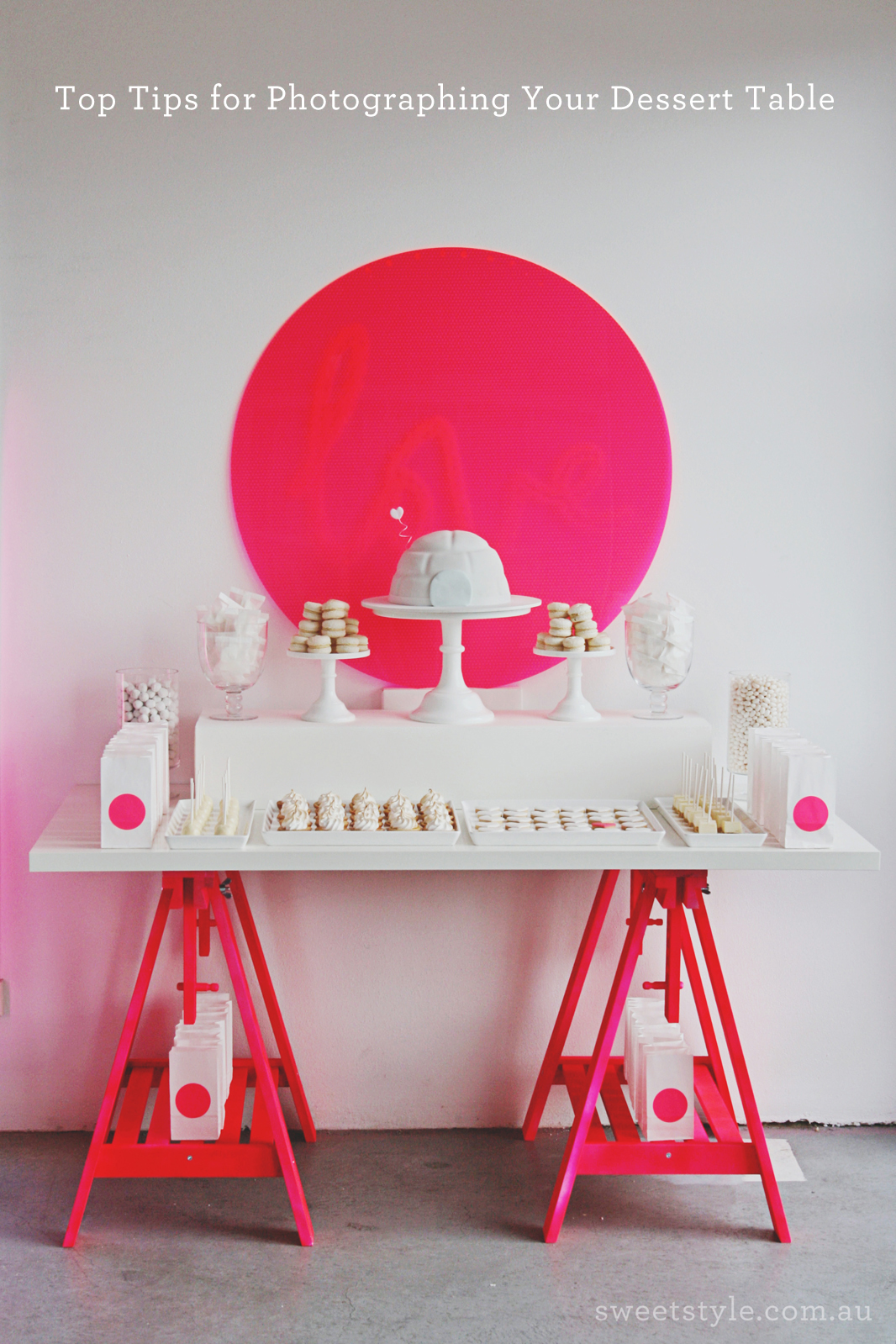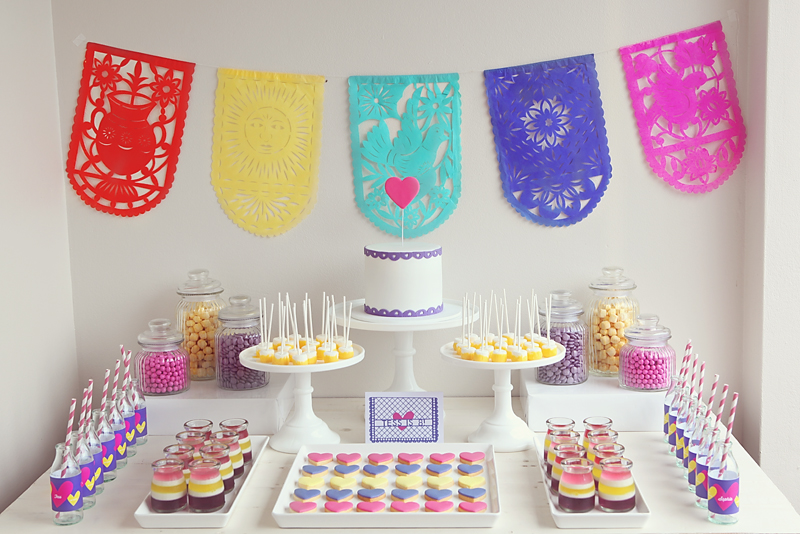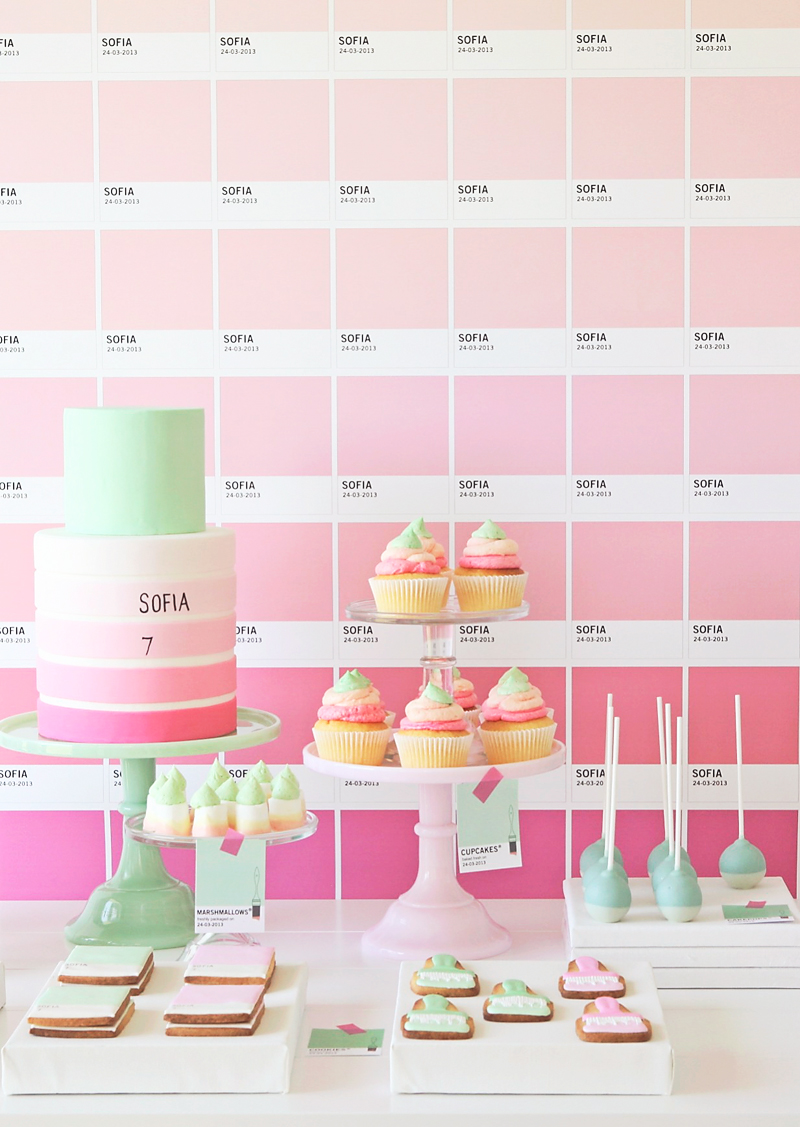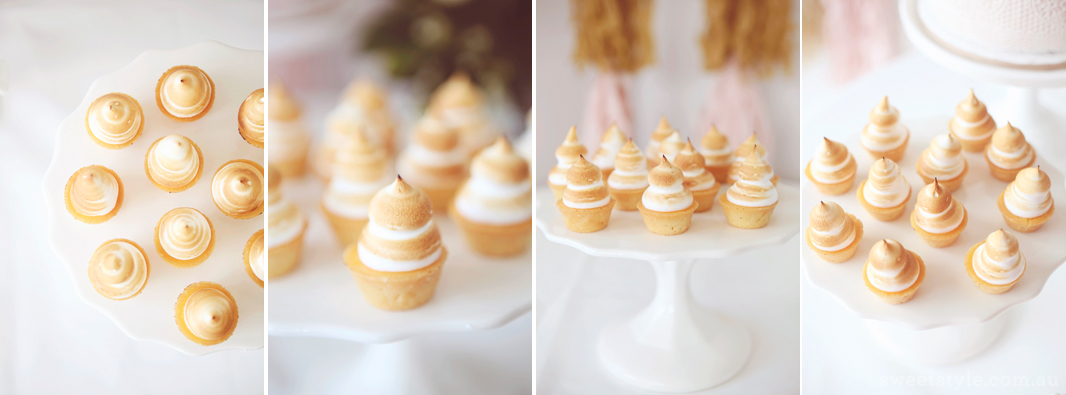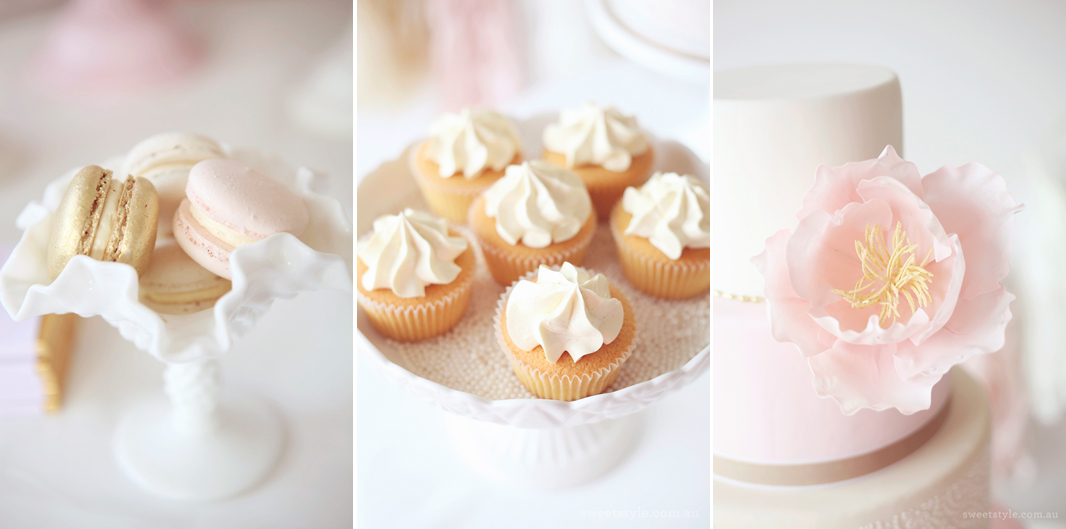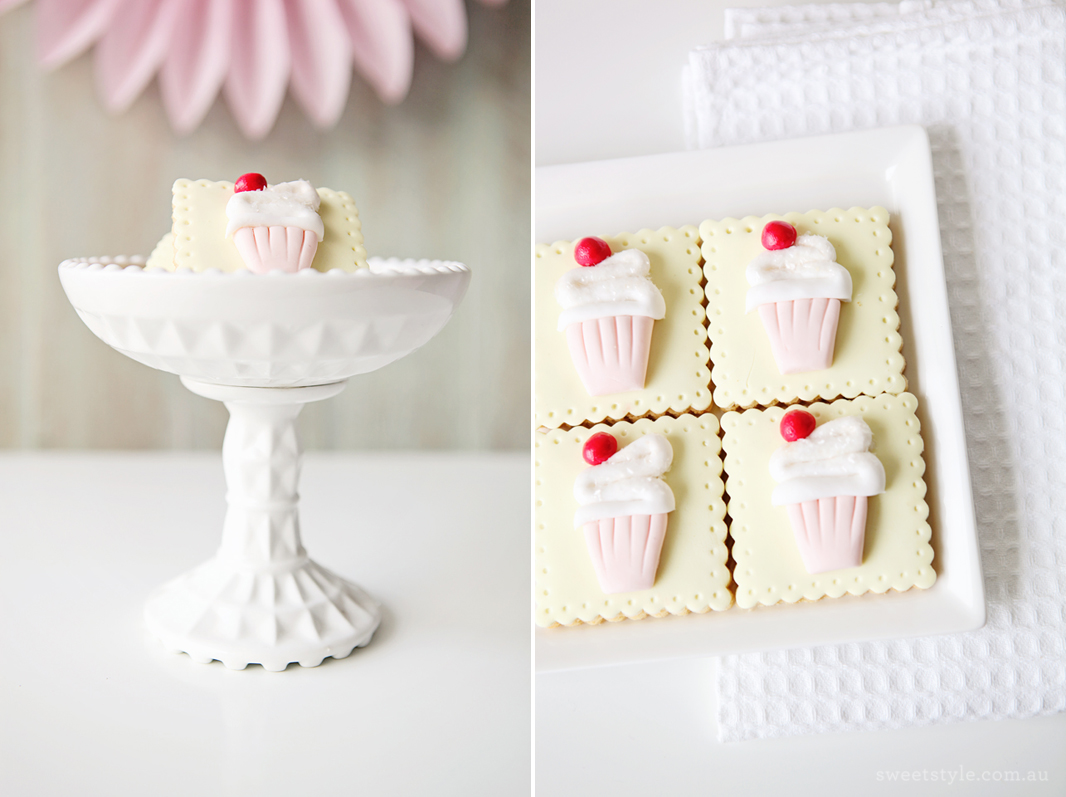Photography and styling are topics I can talk on all day – I have a passion for both and I have an understanding of how they go hand in hand so when I was asked recently to give some tips on how to get some great photos of a dessert table I thought I would write them down and share them with everyone.
Whether you are a mum pulling off her first dessert table for a birthday party, an event stylist or a cake decorator there is one thing for sure – you want amazing pictures to show off all your hard work! The world we live in now is so visual – pinterest, Facebook, blogs and magazines are a constant souce of amazing images and if you want your hard work to be part of all of this then you need to have great images.
A great photographer can make event day so much more enjoyable on so many level, and I will touch more on that later as I do feel that it is important that everyone understands that the beautiful images you see all over the internet are not accidental and can at times take a lot of work to achieve. I do however understand it is not always possible and the budget does not always extend to having a professional photographer.
So if you are keen to have a go at taking your own photos here are my top tips for photographing your next dessert table.
1. Light
The single most important thing any photographer will tell you is that it is all about the light – this does not mean the light on the ceiling but the available natural light. When I plan a dessert table a number of things come into play but the first thing I think about is where will the table sit and how much light is available in that spot. I avoid at all costs using my flash – natural light to me is always the way to go so try and position your table near a window or door where lots of natural light floods into the room. Of course a nice blank wall always helps so you have a blank canvas for your backdrop but try and keep the two in mind when planning your next event.
Consider also the placement of your taller items on the table – if you place a tall cake stand and cake on the side of your table where the light is coming in then it will possibly cast a dark shadow over the other items. For this reason it is good to place larger items on the side furtherest from the widow or light source and lower items on the brighter side.
The camera settings also play a big part in the amount of light it captures in your images – an understanding of how shutter speed, aperture and ISO all combined make an image lighter or darker will really improve your images – I am not going to go into details about these things today as this guide is a little more basic but in the future I will elaborate on this topic for those who would like to know more.
2. Angle
Obviously it is important to get a great shot of the table as a whole. If you look at most of my tables I like to get a few different angles of the entire table. One from straight on and a few from a little higher – to do this I generally stand on the first or second step of a step ladder or one of the little ikea two step ladders. I am to get this “whole table shot” first up before I get any other images. When taking the photo straight on remember to make sure that the lines are straight and your table does not look like it is on a lean. You may need to play around with your image once it is on the computer to make it straight and in proportion.
Crop out any distractions if you can – things like power points or edges of door frames – anything that will detract from your lovely display needs to go! Don’t be afraid to crop a little off the side of your table if there is something too distracting that you could not avoid when taking the photo.
3. Details
I love capturing details – getting in and taking a close up of an amazing cookie or a buttercream swirl. I will usually take a photo of every item of food on the table from above, straight on and at an angle. To get that lovely blurry background which is called bokeh you need to understand your camera’s aperture settings or f stop – to take detailed photos is one of the most important reasons to learning about your camera’s manual settings.
Basically a camera’s aperture tells you how much of your image will be in focus. The smaller your f stop the less of the image that will be in focus and the more of the background that will be blurry. The images below show you what I mean by a blurry background. It makes the main focus of your image the hero of the picture. You will also see here some shots taken at various angles so you capture lots of interesting details.
Also remember when taking up close detail shots that it is ok to move them to a spot on the table where the light is best – you don’t have to take your shot of the bottles hiding behind something because that is where they sit on the table. Move them to a better spot and get your shot then move them back!
4. Time
Don’t leave yourself with too little time to photograph your table. There is nothing worse that realising that the party guests have arrived and you still haven’t got any photos. Suddenly little fingers are touching and moving items and the anxiety builds! You want your table photographed and ready for the party with at least 30 minutes to spare.
I am going to let you in on a little secret here with my own parties that I hold at home – I photograph them all the day before or at least 3-4 hours before the party begins. I then put everything away that needs to be in the refrigerator or in a sealed container and I reset up again just prior to the guests arriving. I know I have captured all the shots I need and I can sit back and enjoy the party when everyone arrives.
If I am setting up in a venue or another home I allow 2-3 hours for set up and another hour at least for photographs – once again if need be I will ask the host to pop certain item back in the refrigerator if it is a while before the guests will be eating from the table
5. Editing Software
Most photographers use some sort of editing software as part of their process in creating beautiful images. I personally use photoshop and have also recently started using lightroom. These programs are amazing for enhancing your image – they can straighten a crooked shot, add light to a photo that is too dark and so much more. It really is worth investing in some editing software – all adobe products can be tested for a 30 day trial so you can have a go with them before you buy and there are so many instructional tutorials on the internet as well as wonderful online courses to teach you how to use these tools.
Finally a word on the benefits of an expert… as a photographer I understand that there is so much more to picking up a camera, pushing the button and instantly you have the perfect shot. As a stylist I also understand the countless hours that go into preparing all the details that create a special dessert table. I heard something the other day by a well know stylist about the job of putting an amazing looking image together – the stylists job is in the lead up to the event, planning, creating and pulling everything together. On the day of the event the photographer and the stylist come together and the stylist helps the photographer to capture their vision. The photographers job is then in the days that follow – working out which shots are the best and editing them to bring them to their full potential – all of this takes time so please remember this when you look at your photos – it can take a village to create these things so don’t be so hard on yourself!
A professional on the day of the event also takes so much stress off you – if you are the stylist putting together a table it is a great marketing tool to have the amazing photos and if you are the host of the event you already have so much to think about without having to add taking photos in as well! There is a pretty good chance you will miss the perfect photo while you are finding a drink for your guests!
I do hope this little bit of info has been helpful. While I have put this post together to give you some basic tips on taking better photos of your table, please understand that learning all you can about how your camera works – its setting and its capabilities – will go a long way to helping you taking a better photo. There really is so much to learn in the world of photography and I think if you ask any photographer they would say they are constantly learning. Practice also helps – in this day and age of digital photography it is so easy to set your food up and then start clicking – load them onto your computer and check out what worked and what didn’t and then try again.
I would love to hear from anyone if you have more questions – leave a reply below and I can respond to your answers here and keep the conversation going!

